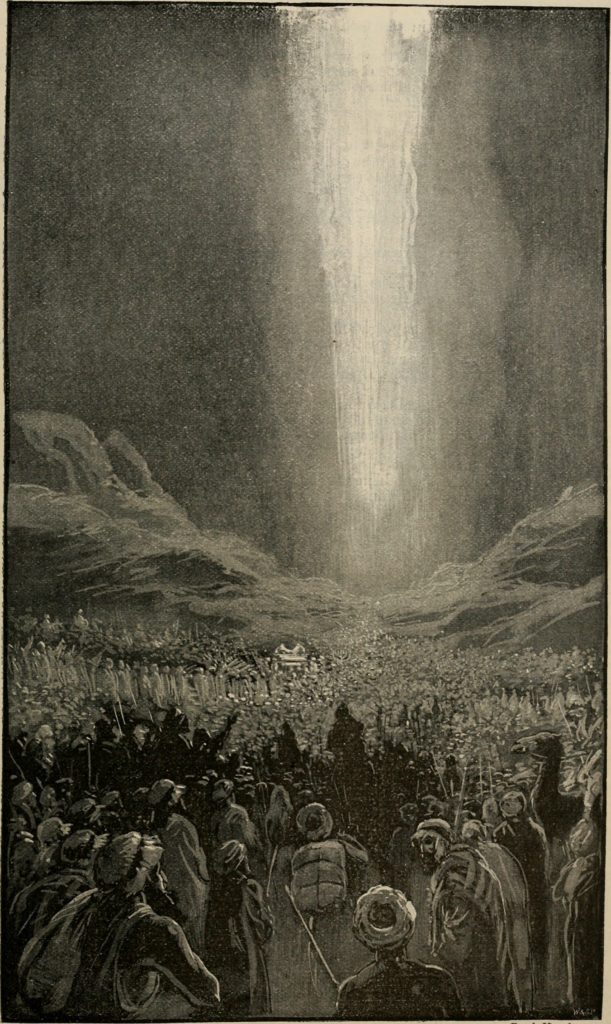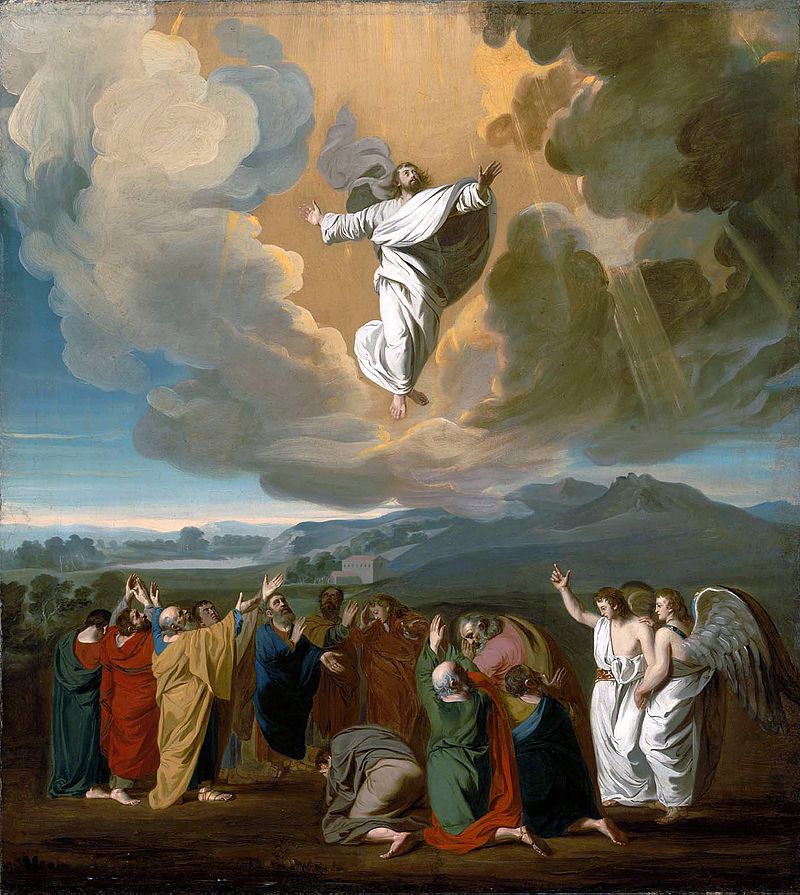As we enter the ninth week of 2017 and finish off the month of February, are you still keeping up with your Advent Wreath Resolutions? In this reminder post, I return to the peace candle.

As I noted in the first posting about the peace candle of the Advent Wreath, the word “peace” is used 420 times in the King James Version of the Scriptures. Among those 420 occurrences, there are at least six different connotations or meanings. These six connotations or conventions include:
- use as a greeting or farewell, inquiring about one’s health or state of mind, or wishing one well;
- an absence of internal or personal conflict, the state of internal harmony or completeness;
- an absence of external or interpersonal conflict such as warfare or fighting between people, a state of external harmony;
- the cessation of conflict, whether internal or external
- the state of silence or quietness;
- the state of death or heavenly rest.
The first time the word “peace” is used in the King James Version of Scriptures, it refers to death and burial.

In Genesis 15 we find God speaking to Abram in a dream.
12 And when the sun was going down, a deep sleep fell upon Abram; and, lo, an horror of great darkness fell upon him. 13 And he said unto Abram, Know of a surety that thy seed shall be a stranger in a land that is not theirs, and shall serve them; and they shall afflict them four hundred years; 14 And also that nation, whom they shall serve, will I judge: and afterward shall they come out with great substance. 15 And thou shalt go to thy fathers in peace; thou shalt be buried in a good old age. 16 But in the fourth generation they shall come hither again: for the iniquity of the Amorites is not yet full. 17 And it came to pass, that, when the sun went down, and it was dark, behold a smoking furnace, and a burning lamp that passed between those pieces. 18 In the same day the Lord made a covenant with Abram, saying, Unto thy seed have I given this land, from the river of Egypt unto the great river, the river Euphrates:” (Genesis 15: 12 – 18, KJV)
The English word “peace” in verse 15 comes from the Hebrew word שָׁלוֹם (shalom). The idea that death brings peace to the righteous is reinforced in Isaiah 57: 1 & 2
1 The righteous perisheth, and no man layeth it to heart: and merciful men are taken away, none considering that the righteous is taken away from the evil to come. 2 He shall enter into peace: they shall rest in their beds, each one walking in his uprightness.
This concept is not just an Old Testament construct. The most common New Testament Greek word that is translated “peace” is εἰρήνη (eirḗnē). It appears twice in Luke 2. The first time is part of the message that the angel and the heavenly host brought to the shepherds: “Glory to God in the highest, and on earth peace, good will toward men.” (Luke 2:14, KJV). The second occurrence is part of the story of Simeon meeting Mary and Joseph and seeing Jesus at the Temple after his birth.
25 And, behold, there was a man in Jerusalem, whose name was Simeon; and the same man was just and devout, waiting for the consolation of Israel: and the Holy Ghost was upon him. 26 And it was revealed unto him by the Holy Ghost, that he should not see death, before he had seen the Lord’s Christ. 27 And he came by the Spirit into the temple: and when the parents brought in the child Jesus, to do for him after the custom of the law, 28 Then took he him up in his arms, and blessed God, and said, 29 Lord, now lettest thou thy servant depart in peace, according to thy word: 30 For mine eyes have seen thy salvation, 31 Which thou hast prepared before the face of all people; 32 A light to lighten the Gentiles, and the glory of thy people Israel. (Luke 2: 25-32, KJV)

One day, Simeon went to the Temple as he most likely did many days. On many of those trips, Simeon would have seen parents bring their children to the Temple to present them to God. However, on this particular day, the Holy Ghost had a special message and treat for him. On this day, he was to see God’s salvation for Israel and the whole world. Why was this important to Simeon? The Holy Ghost had promised Simeon that he would not “see death” until he had seen “the consolation of Israel.”
On the day when Mary and Joseph brought Jesus to the Temple, God’s promise of salvation to Israel and the whole world was wrapped up in the form of a baby. Simeon had now seen the individual through whom God would work out salvation. Simeon was satisfied and could now die, and “depart in peace.”
Have you gone to the Temple and seen God’s salvation? Are you prepared to depart in peace? Do your family, friends, and neighbors have the same peace of mind concerning their ultimate destination? What have you done to help them find that peace?

























